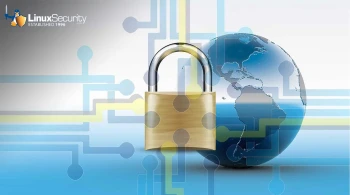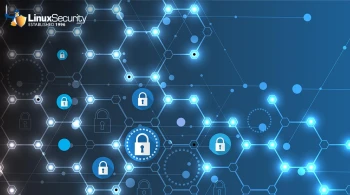Linux admins,
Everyone's heard that open source can be more secure than proprietary alternatives, but what does that mean for us as Linux admins? One of our most significant advantages in the open-source world is transparency. However, this transparency is a double-edged sword. While it accelerates identifying and fixing vulnerabilities, it also means that the same code visibility is available to potential attackers. Read on to learn about the three other threats you might not know. I'll also share WordPress containerization best practices for robust security and management.
Please share this newsletter with your friends to help them gain critical Linux security insights. Is there a Linux security-related topic you want to cover for our audience? We welcome contributions from passionate, insightful community members like you!
Yours in Open Source,

The Dual Edge of Open Source: Examining Key Benefits and Security Challenges
Open-source software (OSS) adoption has increased dramatically over recent years due to its flexibility and cost-cutting benefits, but whether or not OSS is completely safe is often controversial. Due to its open and collaborative nature, this type of software presents unique advantages and security challenges. We will explore both sides of OSS security: its notable advantages and potential drawbacks. We will examine real-life examples of security problems faced by OSS projects and proactive measures being implemented to enhance their protection. By considering both sides, our objective is to give developers and Linux administrators a more holistic understanding of the risks and rewards associated with Open Source. Let's begin by examining some advantages and challenges of adopting OSS. |
Containerizing WordPress: Best Practices for Robust Security and Management
Keeping WordPress secure can be challenging, especially when considering Linux security concerns in a typical LAMP stack setup. Most WordPress security issues stem from third-party plugins, insecure coding, and server-level vulnerabilities in a typical LAMP stack setup-Linux, Apache, MySQL, PHP-to build and deploy WordPress. So, malicious attackers could gain an undue advantage if you don't ensure proper care and security for these weaknesses. This makes it more important than ever to fortify WordPress security. That's where containerization comes in. Nowadays, most WordPress development companies use containers and tools like dockers for robust security. Containerization is a virtual process where all application components are packed as a single unit, supporting Linux cybersecurity through isolation. On the other hand, Docker allows us to run WordPress in isolated containers, reducing the chances of conflicts and security breaches and making it much easier to manage updates and dependencies. So, knowing how to set up, secure, and manage WordPress and containers is essential. We'll guide you through the basics of containerizing WordPress and explore best practices for maximizing Linux cybersecurity and ensuring streamlined management. |















